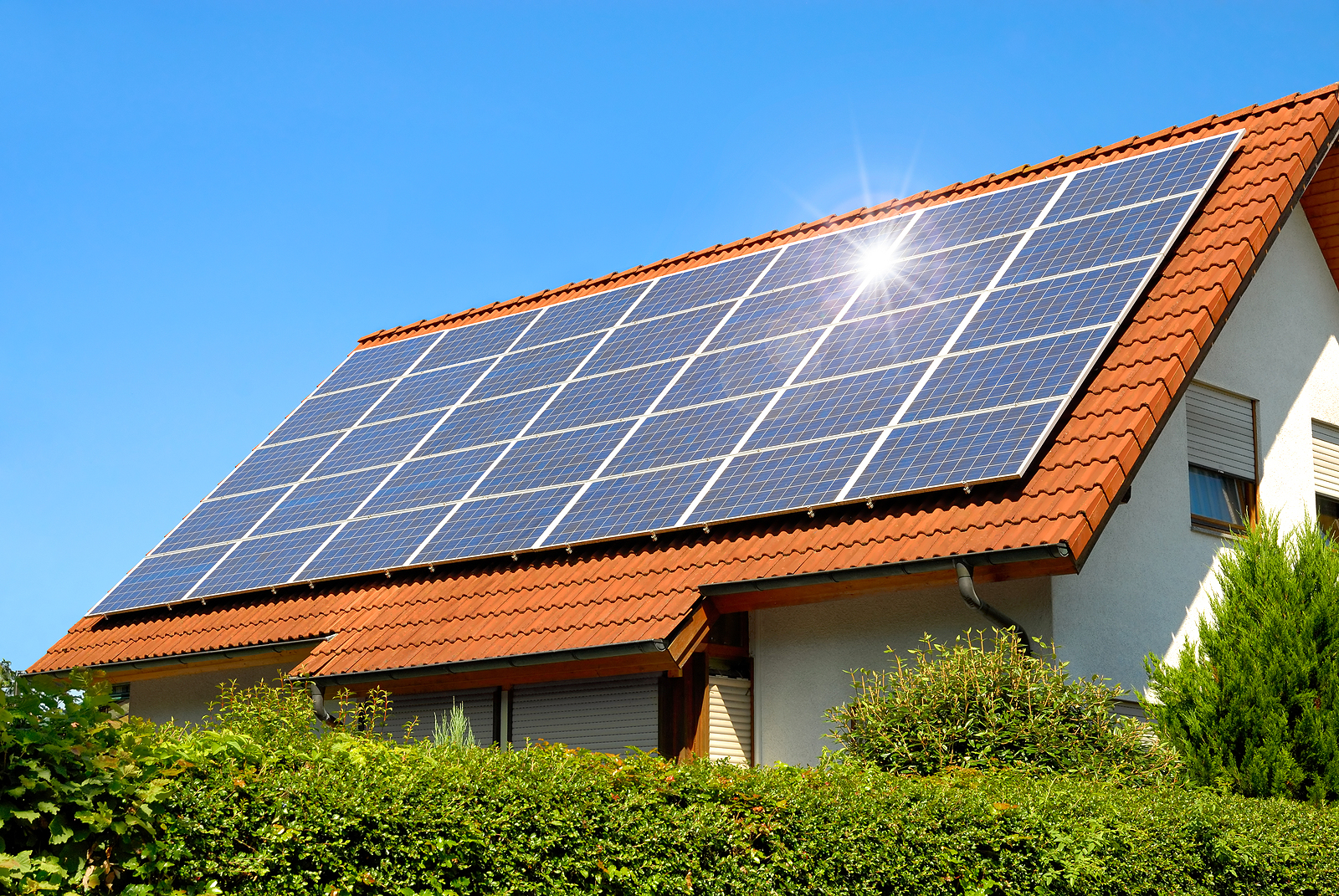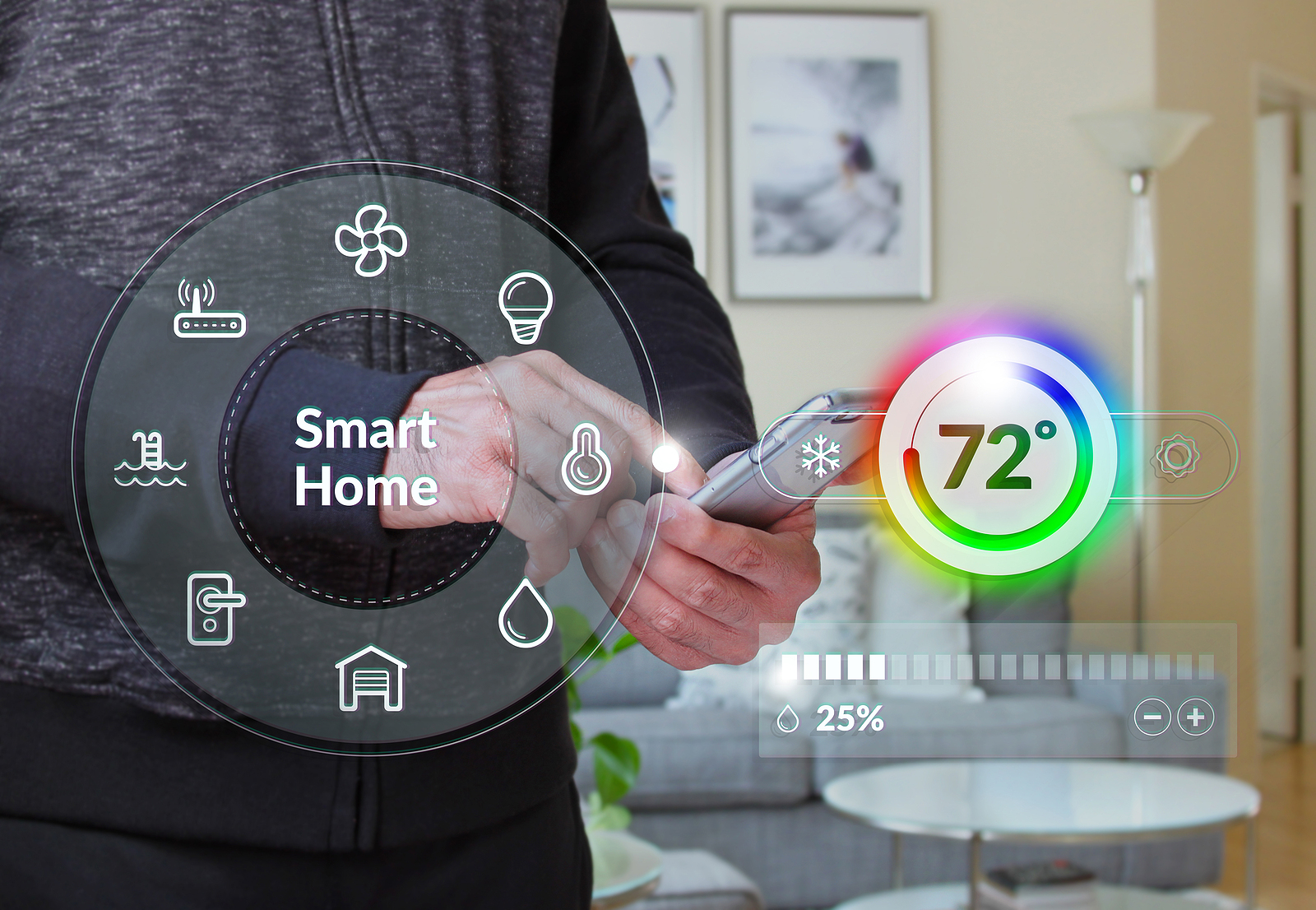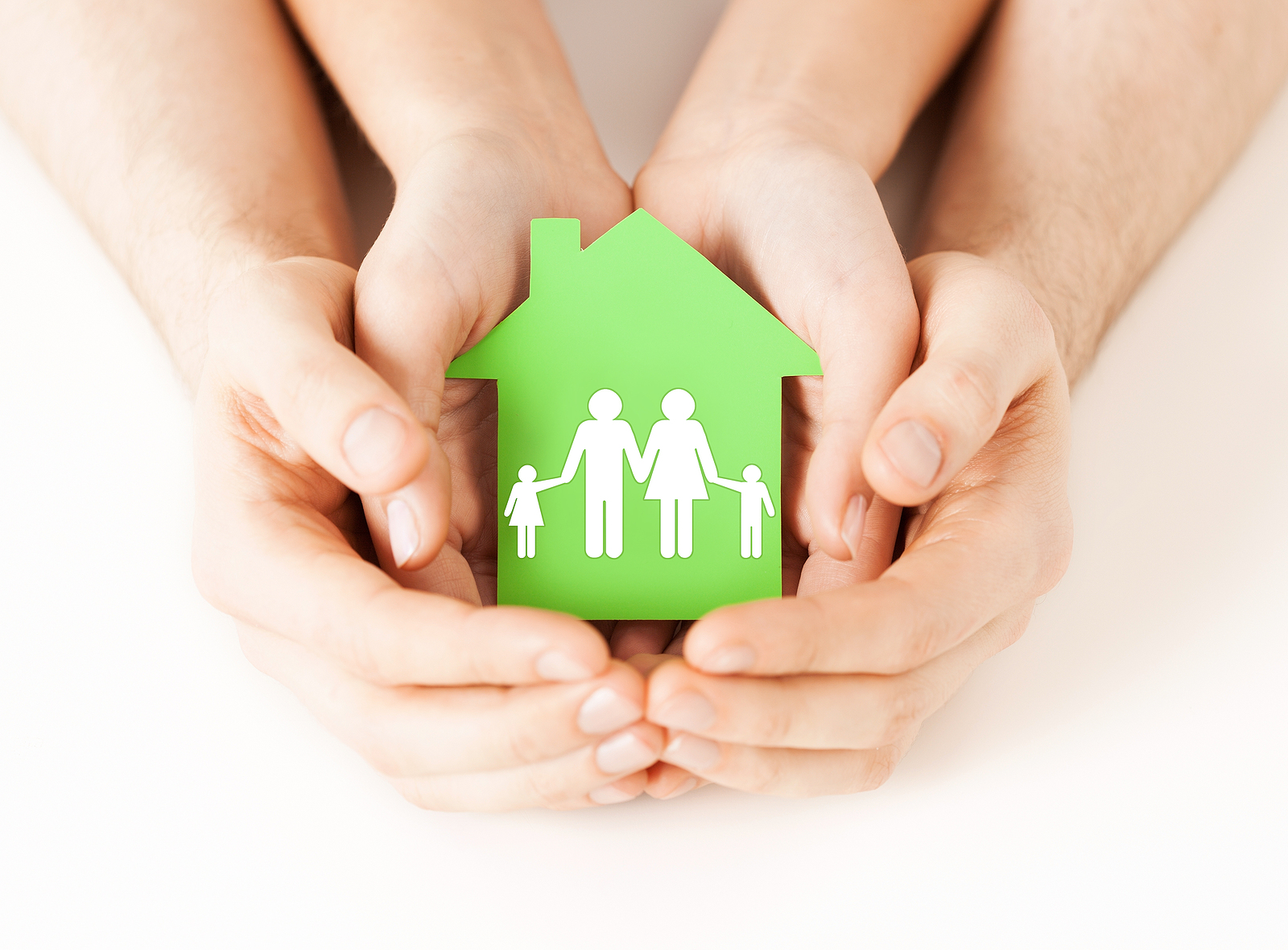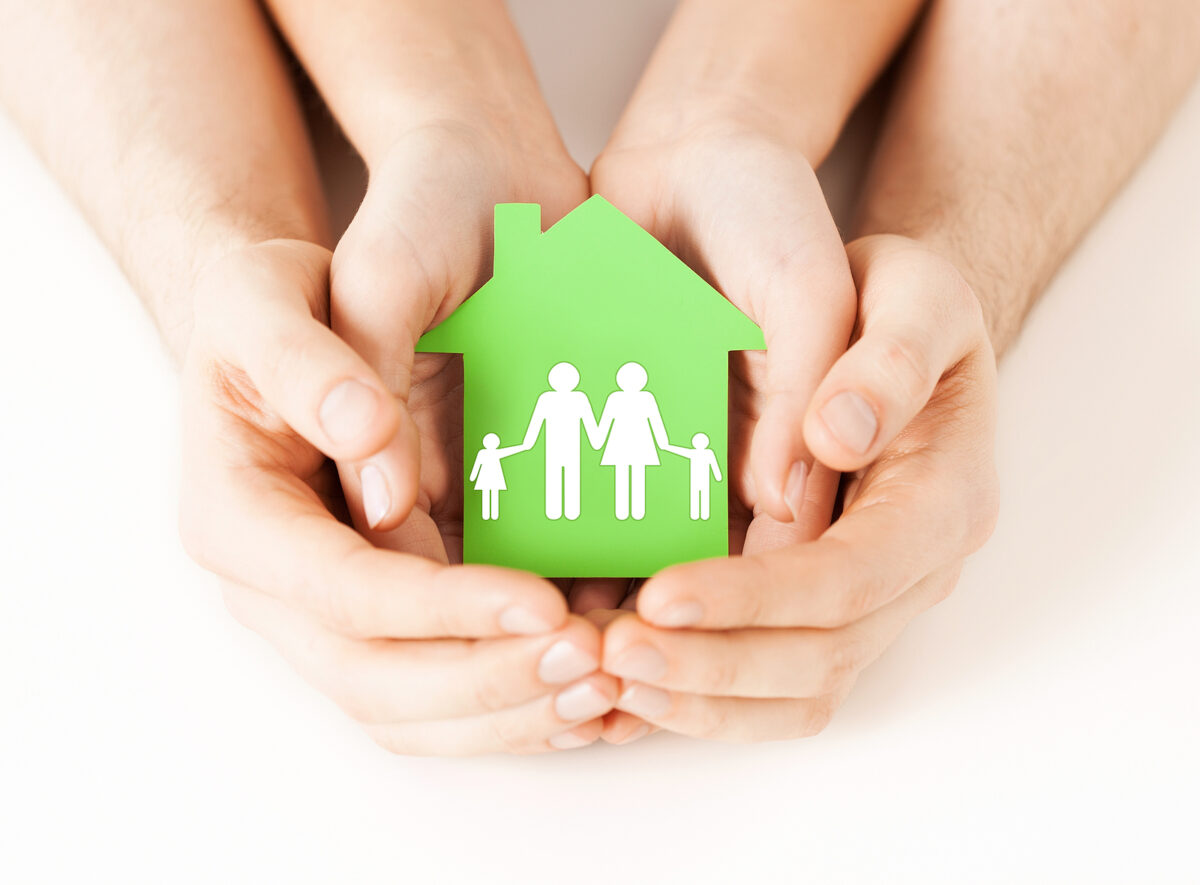In today’s world, sustainability and energy efficiency have become more important than ever. Not only do they benefit the environment, but they can also increase your property’s value. So, if you’re looking to make improvements to your home that are both eco-friendly and energy-efficient, you’re in the right place! In this blog, we’ll explore some fantastic sustainable home upgrade ideas that will not only reduce your carbon footprint but also enhance the value of your property.
Energy-Efficient Lighting
One of the easiest and most cost-effective ways to start your sustainable home upgrade journey is by switching to energy-efficient lighting. Replace your old incandescent bulbs with LED or CFL (compact fluorescent) bulbs. LEDs use significantly less energy and last much longer, reducing the need for frequent replacements. Not only will you save on electricity bills, but you’ll also reduce your carbon emissions.

Solar Panels
Harnessing the power of the sun is an excellent way to make your home more sustainable and energy-efficient. Solar panels can generate electricity for your home while reducing your reliance on traditional power sources. With government incentives and falling solar panel prices, this investment pays off over time, increasing your property’s value while contributing to a greener future.
Energy-Efficient Windows
Windows play a vital role in a home’s energy efficiency. Consider upgrading to energy-efficient windows with double or triple glazing. These windows provide better insulation, keeping your home cooler in the summer and warmer in the winter. They also reduce noise pollution, which can enhance your overall living experience and property value.
Insulation
Proper insulation is crucial for maintaining a comfortable indoor temperature and reducing energy consumption. Insulate your walls, roof, and floors to prevent heat loss during the winter and keep your home cooler in the summer. Well-insulated homes are highly desirable in the real estate market, so this upgrade can significantly increase your property’s value.
Smart Thermostats

A smart thermostat is a convenient addition to any home, allowing you to control your heating and cooling systems remotely and adjust temperatures based on your schedule. These devices learn your preferences over time, optimizing energy usage and saving you money on utility bills. Potential buyers often appreciate the convenience of a smart thermostat, making your property more attractive.
Energy-Efficient Appliances
When it comes to sustainability, your choice of appliances matters. Invest in Energy Star-rated appliances that meet strict energy efficiency guidelines. Energy-efficient appliances use less electricity and water, which translates into lower utility bills and a more eco-friendly home. They are also a selling point when you decide to put your property on the market.
Rainwater Harvesting System
Reducing water waste is an essential aspect of sustainability. Install a rainwater harvesting system to collect and store rainwater for various household uses like irrigation, flushing toilets, and washing clothes. Not only will this reduce your reliance on municipal water sources, but it also decreases your water bills and makes your property more attractive to environmentally conscious buyers.
Green Roof
Green roofs are a unique and visually stunning way to upgrade your home’s sustainability. These roofs are covered with vegetation, providing natural insulation, reducing stormwater runoff, and improving air quality. Green roofs also add aesthetic value and can make your property stand out in the real estate market.

Low-Flow Plumbing Fixtures
Replace old, water-wasting plumbing fixtures with low-flow alternatives. Low-flow toilets, showerheads, and faucets can significantly reduce water consumption without sacrificing comfort. These upgrades are not only eco-friendly but also help lower your water bills and appeal to potential buyers.
Landscaping and Native Plants
Your outdoor space is just as important as the interior of your home when it comes to sustainability. Consider landscaping with native plants, which require less water and maintenance. Native plants also support local ecosystems and biodiversity. A well-designed and sustainable landscape can enhance your property’s curb appeal and overall value.
Conclusion
Making sustainable home upgrades is a win-win situation. Not only do these improvements benefit the environment by reducing your carbon footprint and conserving resources, but they also increase the value of your property. Whether you’re looking to sell your home in the future or simply want to live in a more eco-friendly and energy-efficient space, these upgrades are a smart investment for both you and the planet. So, start planning your sustainable home upgrades today and enjoy the benefits for years to come!
